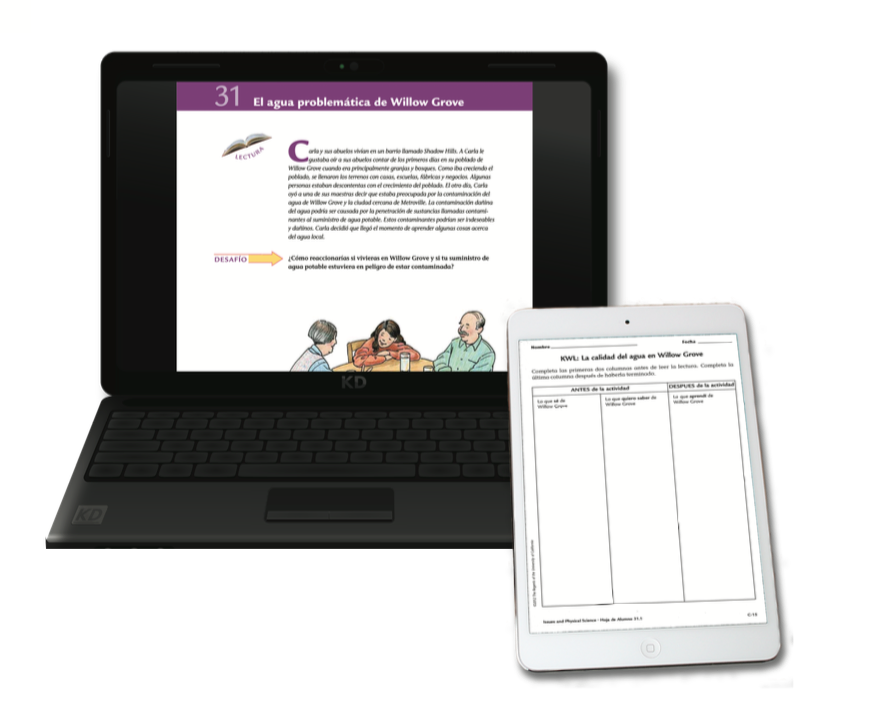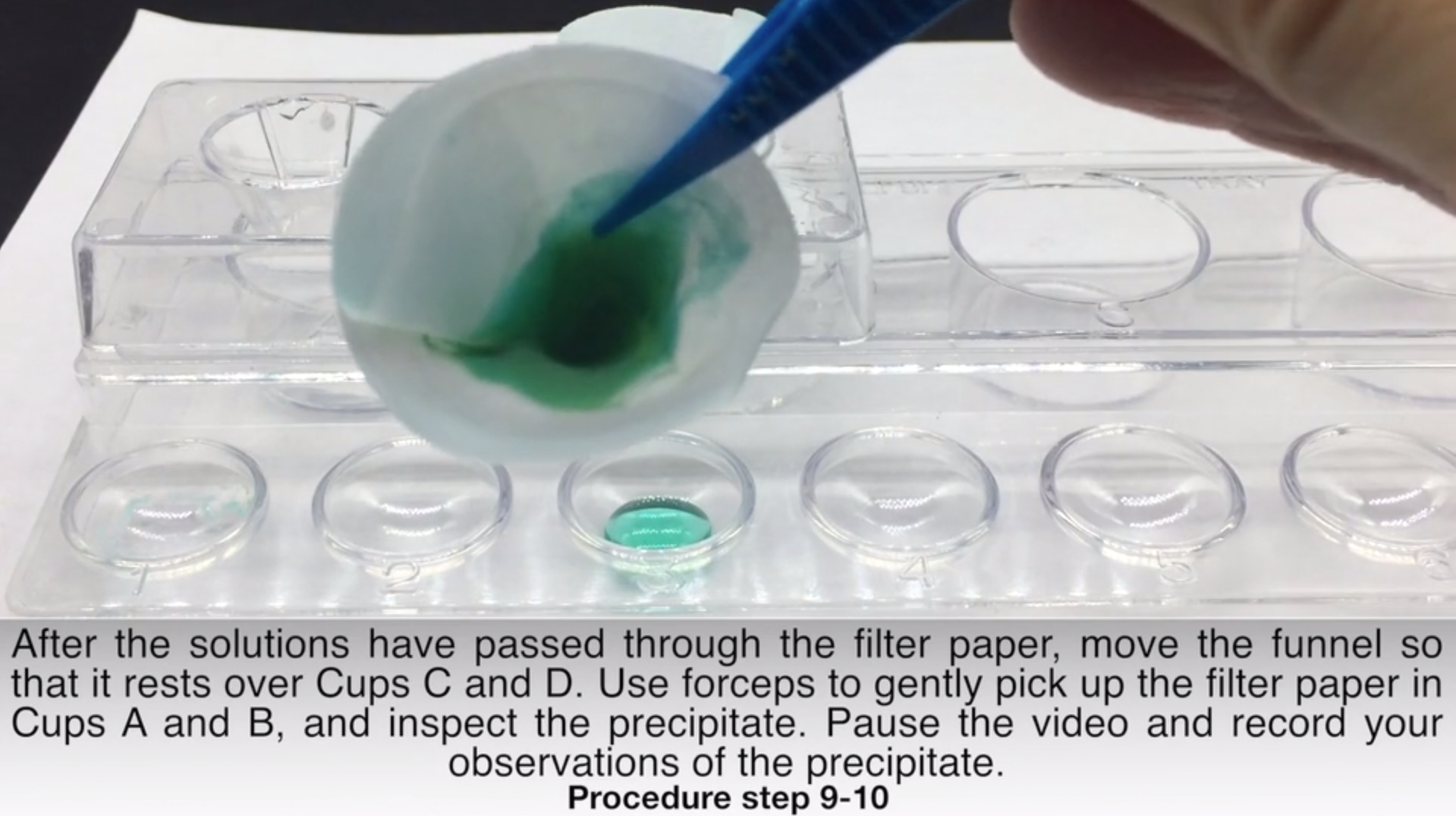
You’re doing all the right things - your students are engaged and exploring meaningful phenomena on the regular, you provide frequent opportunities for students to use science and engineering practices, and your classroom is set up to facilitate group collaboration and communication. These are all wonderful for student learning - but when a student is absent, especially in science, it’s truly a challenge as they’ve missed meaningful experiences in class and it’s a burden for the teacher to provide a quality substitute lesson.
For our middle school science programs and high school biology, Lab-Aids® developed LABsent for just these reasons. LABsent tools are for students who miss activities in the classroom, but can now easily make up the work without requiring teachers to give up prep or after-school time to supervise.
For any activity that cannot easily be made up at home, a LABsent packet can be provided from the online teacher and student portals. This packet mirrors the lesson done in class, including questions asked and data collected. Absent students are asked to complete the portion(s) of the packet that they missed, allowing them to return to class ready to move forward with their classmates. If needed, video links are provided so that the student can see the lab taking place. These have been carefully developed so that no answers are given, rather, absent students collect data from the video in order to help them make their own analysis and conclusion.

Below are the guidelines we used in the development of LABsent and what we share with teachers to help them understand LABsent structure
- LABsent strictly follows the SEPUP Teacher Edition lesson components: Get Started, Do the Activity, and Build Understanding. Every attempt was made to provide the absent student the same experience that took place in the classroom.
- Questions in the Teacher Edition that are designed to be asked to the class are most often in the LABsent packet and the absent student is expected to answer these in writing, even though students present for the activity would have answered them during discussion.
- The SEPUP Planning and Carrying Out Investigations (PCI) activities were purposely left as such so that absent students would have the opportunity to truly design their own investigation. There is no LABsent video showing these procedures as this would compromise the PCI process.
- Not all LABsent work can be completed out of class. PCI activities, and some questions that call for students to obtain data or discuss results with classmates were left as written, so that the interactive nature of this work was left intact. We did not want to reduce or eliminate the sensemaking component by having videos or documents available with the “answers.” These are often noted in the LABsent activity in red and students are directed to complete that portion when they return to class.
- Not all LABsent activities include a video. For example, activities that included a card sort have scanned copies of the cards in the packet. This makes them available for the students to cut out and manipulate at home to complete the activity.
- LABsent packets may not need to be completed in their entirety as most SEPUP activities take more than one class period to complete. If a student is only absent one day, the teacher may need to assign only certain portions of the LABsent packet. Long-term absences may require completion of several packets.
Often, the SEPUP lesson plan calls for students to complete Analysis Items after the activity is debriefed in class. In LABsent, when there is a Build Understanding question that would give an answer to an Analysis Item, especially an assessment analysis item, that Build Understanding question is not included in the packet.